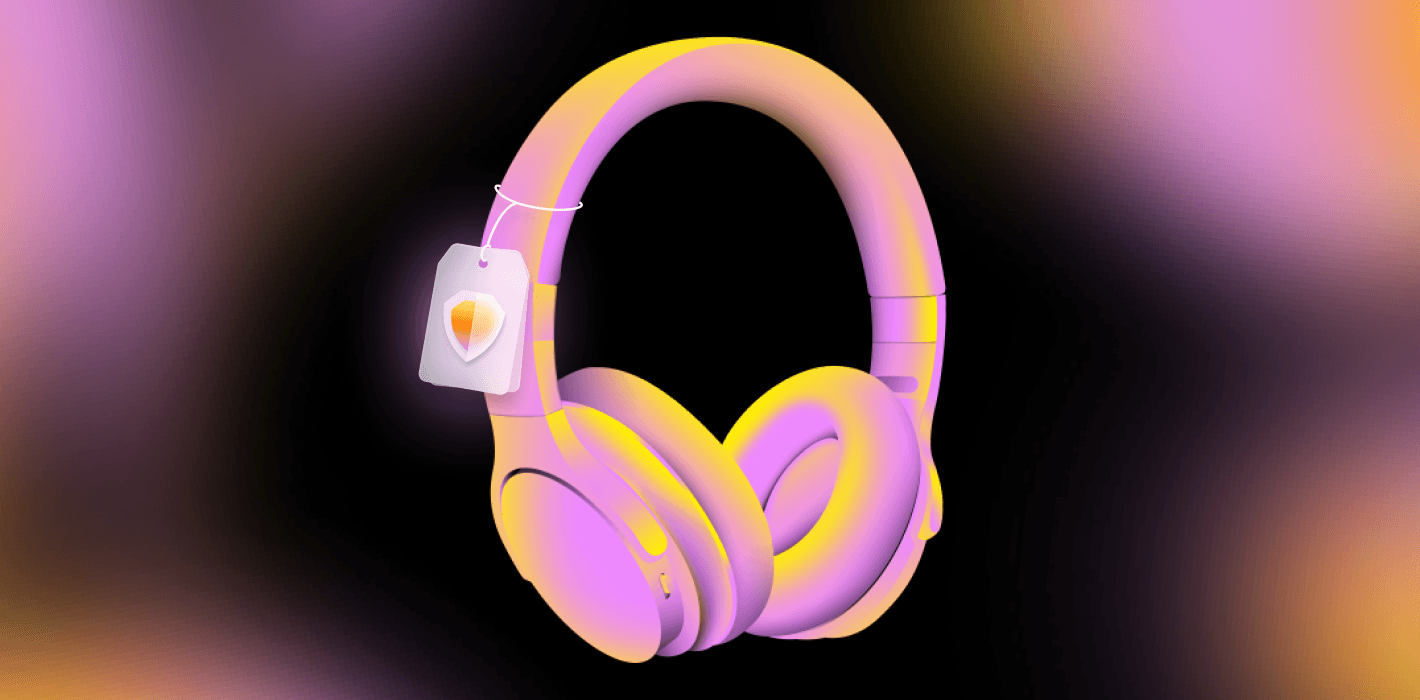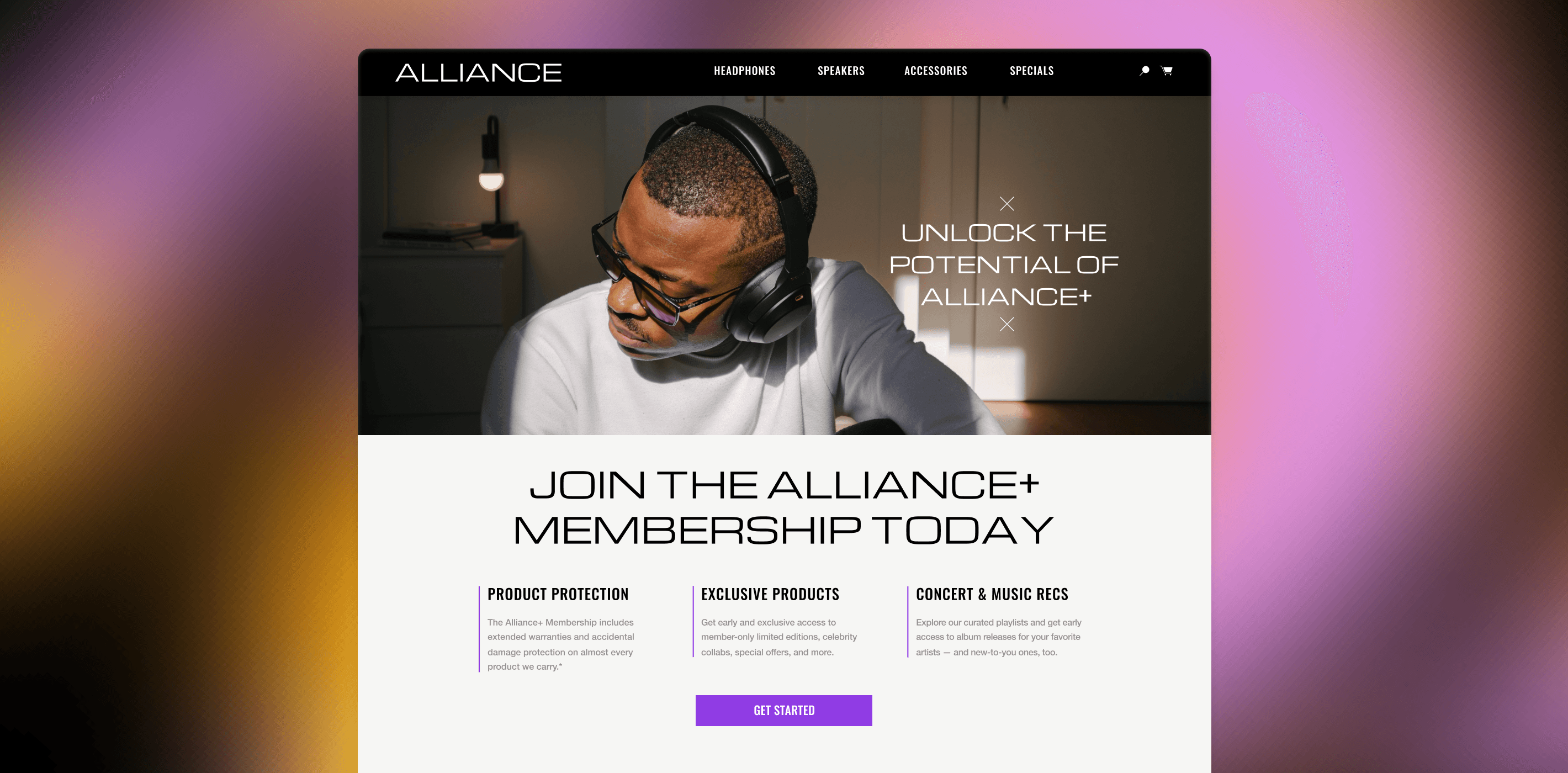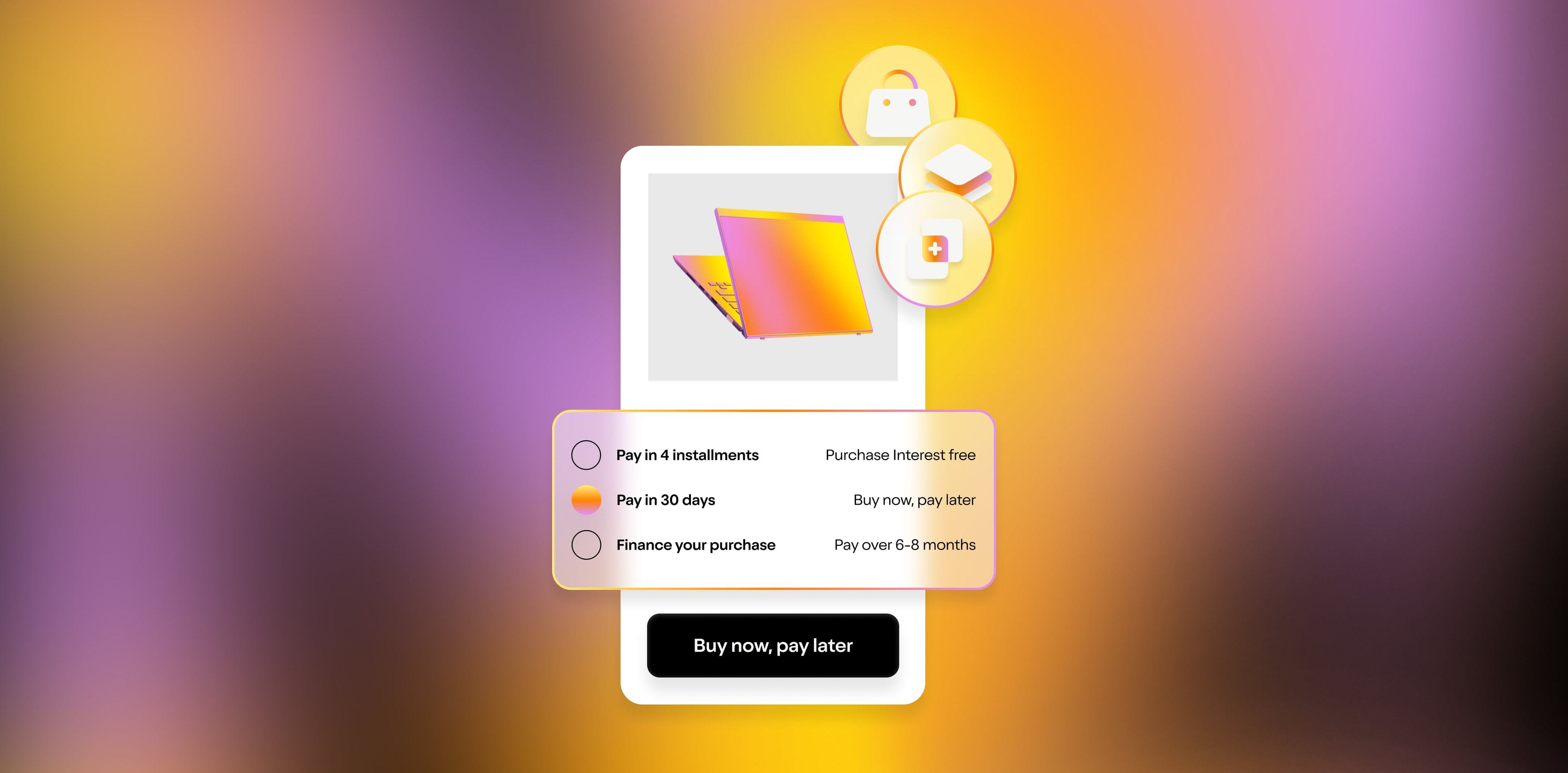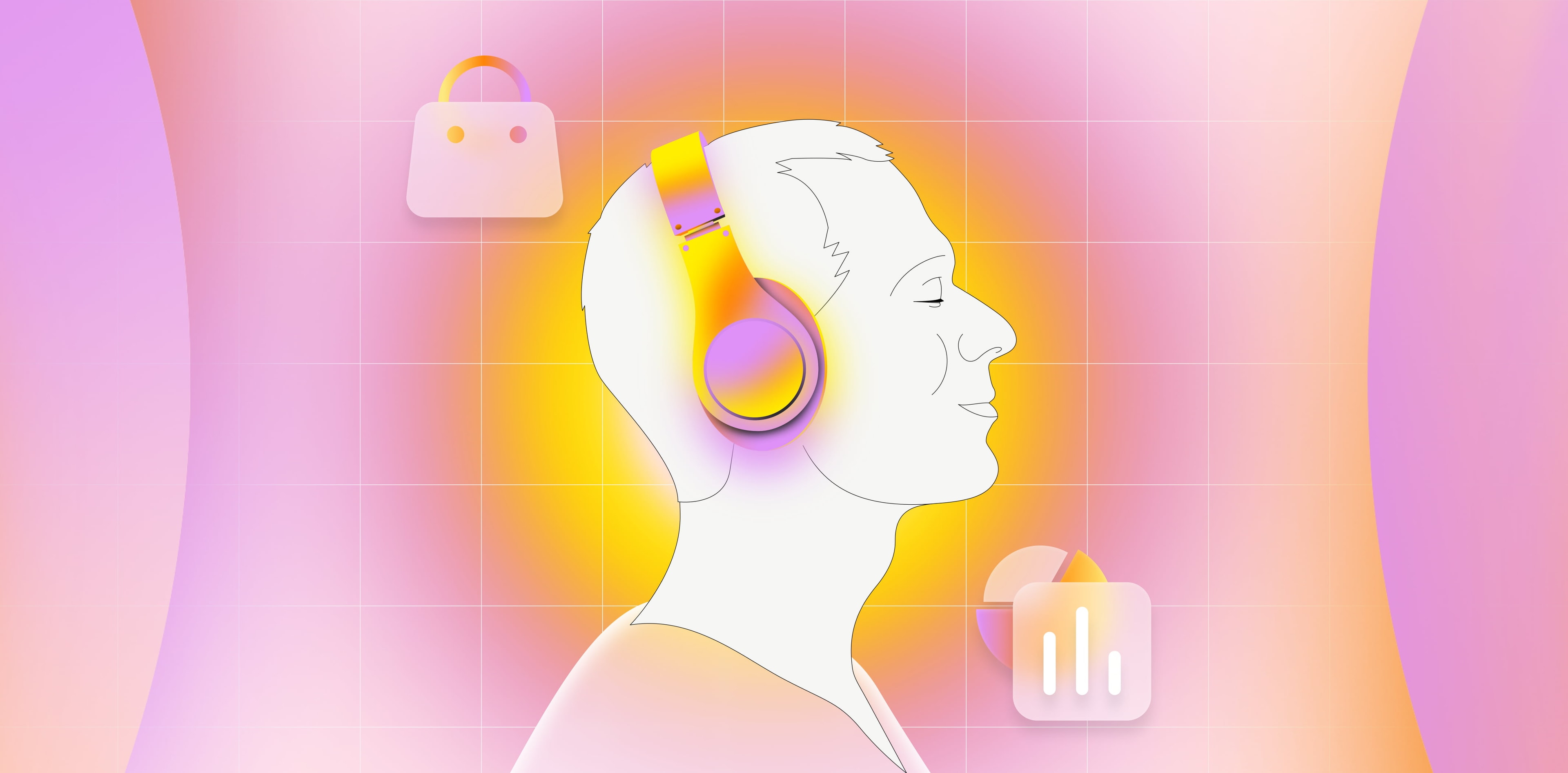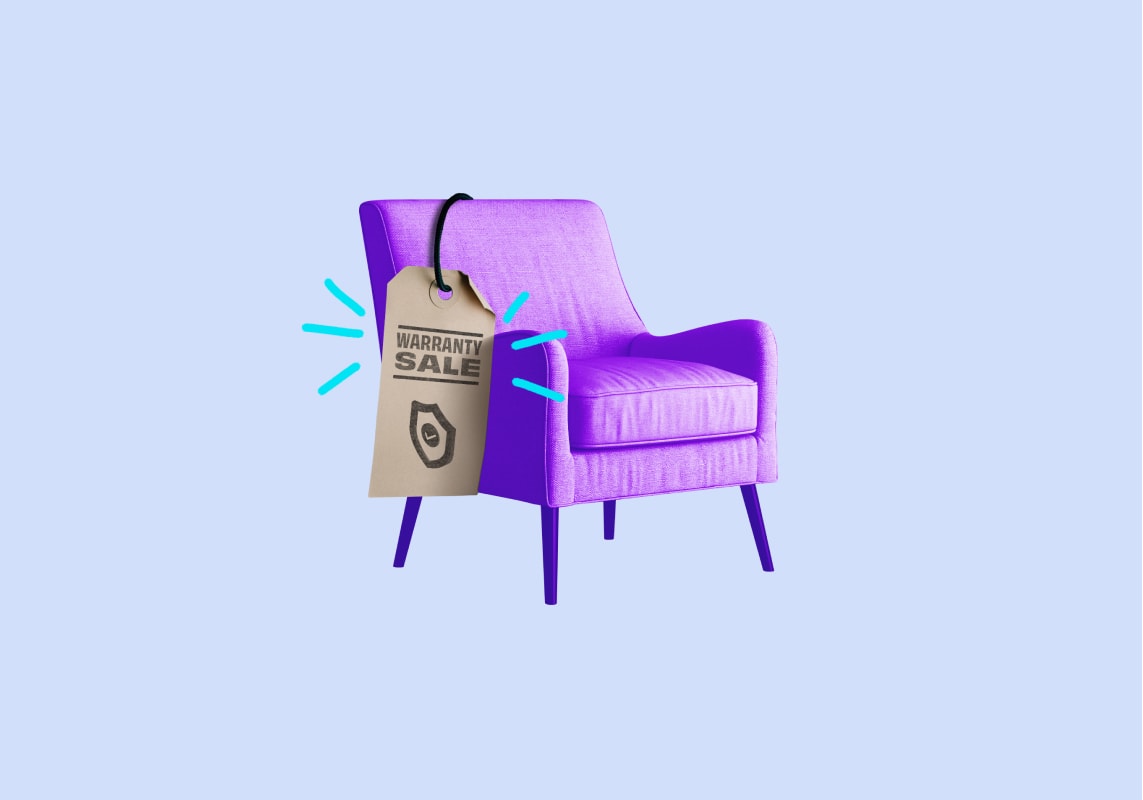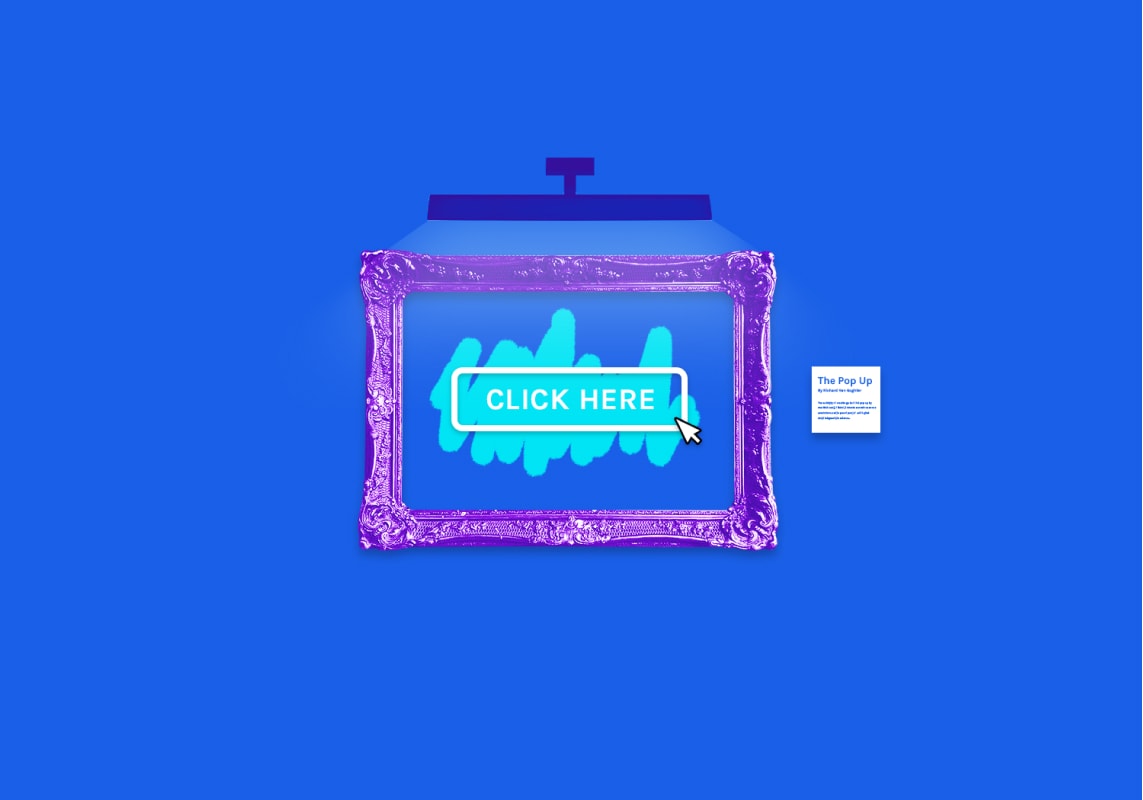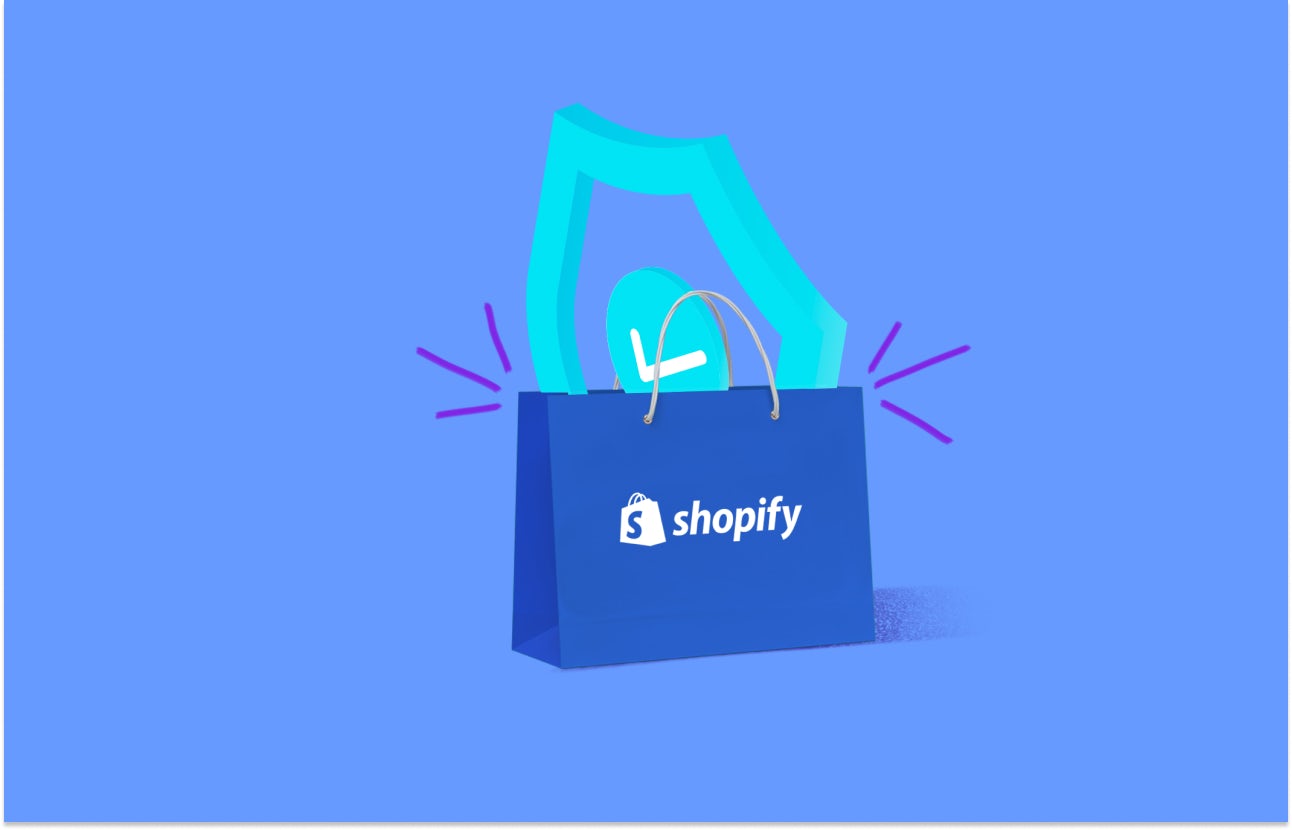It’s clear that the pandemic sped up the shift to e-commerce and sent online sales skyrocketing.
And it looks like those trends are here to stay. During the first two months of January, consumers spent $121 billion online, 34% more than the same period last year, and analysts expect 2022 to be the first trillion-dollar year for e-commerce.
But how can companies keep up with growth as the market gets only more competitive? How can they turn their newly acquired customers into long-term return buyers and brand advocates?
This week’s CommerceNext webinar focused on exploring that question, with insight from:
Brandon Gell, Co-Founder & CEO, Clyde
Sherri Kuo, Head of Growth at Italic
Matt Hayes, Co-founder at The Fascination
Jeff Gerstel, CMO at B&H Photo Video
Scott Silverman, Co-Founder at CommerceNext
The state of customer acquisition
The webinar started off with polling an audience of marketing, product, and sales professionals who shared the following insights:
72% of companies are seeing that customers acquired during the pandemic are at least somewhat different from existing customers
Only 3% of companies rate their ability to leverage customer touch points to increase sales an engagement as a 9 or 10—most people give themselves about a 5, suggesting there’s plenty of room for improvement
67% of companies are investing more in customer insights this year compared to past years
So with an interest in understanding these new types of customers, a lack of confidence in how to have successful touch points with them, and a willingness to invest in gaining that knowledge, what’s a company to do?
More helpful messages, not more messages: the “touchpoint Trojan horse”
Sending better, more targeted communications is the answer.
Clyde spends a lot of time thinking about, researching, and building better ways to communicate with customers. What we’ve found after four years and 200 merchant partners is that one type of email tends to rise above the chatter and churn of a busy inbox: transactional emails.
We wrote a whitepaper about how they work , and here are the highlights:
100 million emails are blocked every day
With goals of increasing lifetime value and building loyalty with customers, it’s understandable why brands rely on email
But transactional emails, or messages specific to a commercial engagement or that are time-bound in some way, are opened more than marketing emails
78% of emails with subject lines related to protection plans are opened
After a customer has opened a transactional email, retailers can:
Offer complementary products
Ask for valuable feedback
Offer exclusive access to new products
Share reviews of additional products
Or add product protection
8 principles to figure out who your customers are, communicate with them, and treat them well—in transactional emails and in general
With a panel discussion and a live Q&A with attendees, the conversation during the webinar was full of useful takeaways for anyone interested in the future of retaining customers and building loyalty. Here are eight principles shared by the panel to do just that:
All the consumer insight software in the world can help you connect with your customer base, but two business practices help more. They’re 1) go with your gut when you’re at a crossroads, and 2) talk directly to customers and get firsthand feedback on how they’re responding to your platform, said Matt. You need the healthy mix of science and art of marketing and customer service, so don’t over-index on just the science. “There’s no replacement for talking to customers,” agreed Sherri. “Don’t discard that very human element.”
Start from the lens of “what can we do for them?” Brandon highlighted how Clyde’s product team has added flexible options when it comes to reaching out to customers about product protection options so that they don’t get hit with an email about an extended warranty on a purchase that still hasn’t been delivered. “We’re delivering value [where] there’s something in it for them,” he explained.
Make sure you have a solid brand story. “Before you start selling and pushing products, sales, or offers, customers need to understand why you exist and where you fit in their commerce in their mind,” says Matt. Knowing that lets companies then go on to figure out what kind of authentic hooks resonate with their audience and what the best way to deliver more content is.
Experiment with content. Content can be a great way to build customer loyalty and improve their experience of a given product or service, but there’s no one-size-fits-all model, even once a brand has their story down. For instance, Matt’s found success for his online marketplace with in-depth product reviews and fun round-ups. Sherri has seen honest, behind-the-scenes blog posts that reveal the lengths their team goes to in order to develop new products really take off with their audience. And Jeff has seen video content become a “magic medium” for everything from customer testimonials to providing training resources to telling their brand story.
Leverage all the available touchpoints to meet your audience where they are. Matt shared that with his B2C mattress company Leesa, his team was ahead of the game when it came to utilizing push notifications to communicate with customers, but missed the boat on email flows and SMS. Now, with The Fascination, he’s focusing on how to build his audience and capture its attention from the start. “From the pandemic shifting buying behavior, to rising CACs and Facebook and Google options, to attributions through iOS14, all of these things are putting a damper on performance marketing and the ability to go and acquire customers, but the one thing that you have ultimate control over is your own audience,” he said.
Remember that service still reigns supreme. Jeff has taken B&H Photo back to one of the most basic tenets of sales: taking care of the customer. “We’re oriented around an old-school service approach,” he explained. As sales of Zoom-friendly cameras and hobbyist equipment took off, their business was faced with supply chain issues, shipping delays, and a “ratcheting down of the ability to execute.” To compensate, they focused on what they could control: communicating honestly about delays, offering product repairs or replacements for anything that arrived damaged, and making their expanded website as easy as possible to navigate.
Pay it forward. Sherri shared that Italic was looking to expand their customer engagement methods and decided to try out their version of Costco rotisserie chickens (or something customers are obsessed with and appreciate that brands offer even when they’re not making money on them, aka a loss-leader). They launched “Thank You Thursdays” for their member base, selecting best-selling products and offering them at even more reduced prices to show their customers how much Italic appreciates them.
Consider loyalty programs. Start with asking your customers what they want. Italic is thinking about adding a higher-touch concierge service, as customers flag that they’d be interested. The Fascination is thinking about incentives that have worked in the marketplace space, from product gift cards for sharing the site to a points program to get their referral flywheel running. (Matt specifically recommended Kickoff Class, Swell, and Yaghtpro for B2C brands looking to build repeat customers and higher lifetime values through a rewards program.) But remember that loyalty programs aren’t for everyone—Jeff said that B&H Photo Video takes the view that every customer should be treated great, and that such a program wouldn’t be right for their audience.
Have further questions for Brandon on how Clyde can transform the post-sale communication you have with your customers? Ask him !
SIGN UP FOR OUR NEWSLETTER

